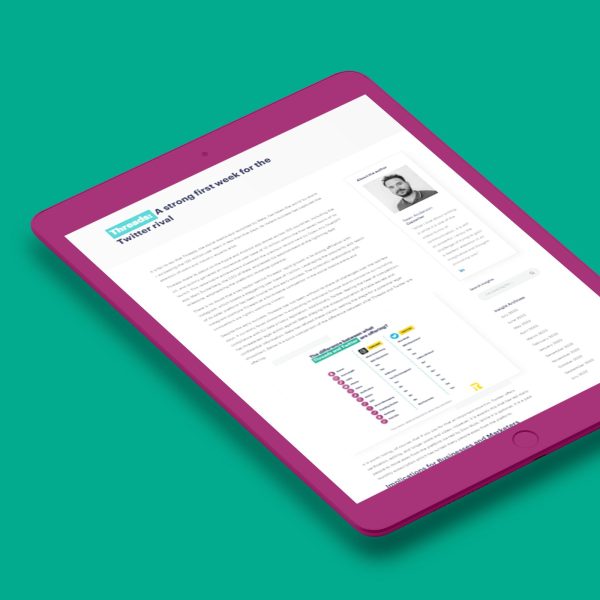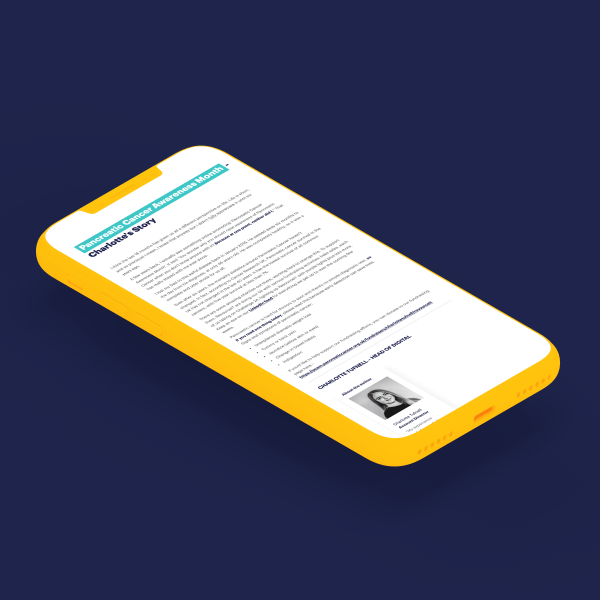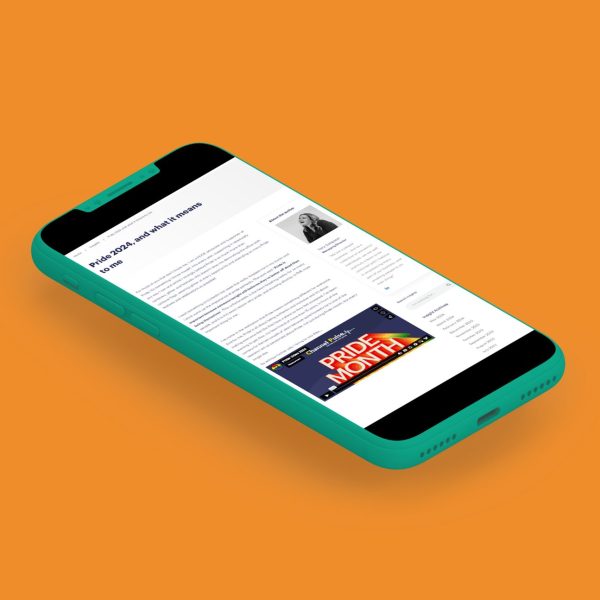Ask yourself these simple questions…
Within 10 seconds of being on my site, will my visitors know exactly what my business does? Would I personally look at my site and feel like it stands out from the rest? Could users easily navigate from one page to another if they needed to? Does my site have a high bounce rate? Do I spend enough time researching the current website design trends?
If your answer is ‘no’ to any of the above, or you just need a little help mastering those subjects, it’s probably time to start looking at your design and patching a few things up. The following tips should have you on your way to a successful site in no time.
1) Plan the look and feel of your site
Before going full steam ahead, it’s always useful to have a rough idea of how you want your website to look and what you’re hoping to achieve from it. Start by creating a mind map of the content you want to include. What information do you want people to know about your business? What pages will your visitors want to view when landing on your site?
Once this step is done, you can then start thinking about the design aspects; such as your template, colour themes and layouts. There’s no harm in looking around to see what other businesses are doing to attract users to their site, but just make sure you don’t steal any of their ideas. At the end of the day, you want your site to stand out from the rest.
2) Include contact details, social share and follow buttons
It’s surprising to see just how many sites don’t include at least one of these things. Your contact information should be available on every page of your site. This can easily be added to your side bar or footer and can result in losing potential leads if visitors aren’t able to find them easily. It’s all well and good producing amazing content, but this can only go so far if you’re not giving your visitors the opportunity to share, contact or connect with you.
3) Add call to actions (but not too many!)
Call to actions (CTAs) are a great way of indicating the next step a visitor should take on your site, which is why they need to stand out on your page. However, it’s best to use these sparingly and not to over complicate things by having too many in one area of your site. Keep them short and sweet (e.g. “find out more” and “click here”) and use bright colours and fonts to make them stand out. A successful CTA often results to conversion.
4) Use appealing imagery to accompany your content
An attention-grabbing image is a great way to entice visitors to stick around – but we all know how difficult it can be to find the right one (without it being used on 10 other similar websites). Not every image is going to fit with the type of message you are trying to portray to your audience, nor match the style of your branding, but choosing something ‘out-of-the-box’ can make up for this. If real photographs aren’t an option, there are lots of amazing stock image sites available that offer free images to use online.
5) Keep your navigation simple
When designing the layout of your website, your navigation is one of the key elements to focus on for providing a better user experience. Visitors should be able to access any page within a few seconds – which is why it’s important to keep this as simple as possible. Don’t over complicate things by creating too many menu options. If some pages aren’t as important as others, there’s always the option to add them to sub-menus.
6) White space is your friend
Too often, whitespace on a site is seen as ‘empty space’, but the two shouldn’t be confused. In fact, whitespace is an essential element that plays an important role in the design process and helps break up your pages. Not only does it prevent areas from looking too busy, but it also contributes toward increased readability and content prioritisation.
7) Responsive designs that include mobile optimisation
We live in a mobile society, which means it’s an extremely important step to make your site accessible for those on the go. When choosing a template or layout, opt for one with a responsive design that includes optimisation for mobile so that you can put yourself in the position of every user. A responsive design means your site will adapt to any screen and any device, whether someone is using a computer, mobile phone or tablet.
8) Review your web design regularly
Web design trends are forever changing, which is why it’s important to review your site every 4-6 months to make sure it’s up-to-date. This doesn’t always require a complete re-design, but small changes could make a huge difference. This could be anything from altering a few colours to match the current Pantone of the Year, adding some new widgets to your pages, or even changing your template to something more suitable that matches the demands of customers at that moment in time.
Benefit from an expert channel marketing team who can help you make informed decisions about business growth opportunities and define your approach to market. Our design team are on hand to help with your websites, digital marketing team for social media and website optimization, marketing experts to develop your GTM strategies and more. Get in touch today: Speak to our team


